Home>Garden Essentials>Garden Plants>How To Plant A Creeping Thyme Lawn
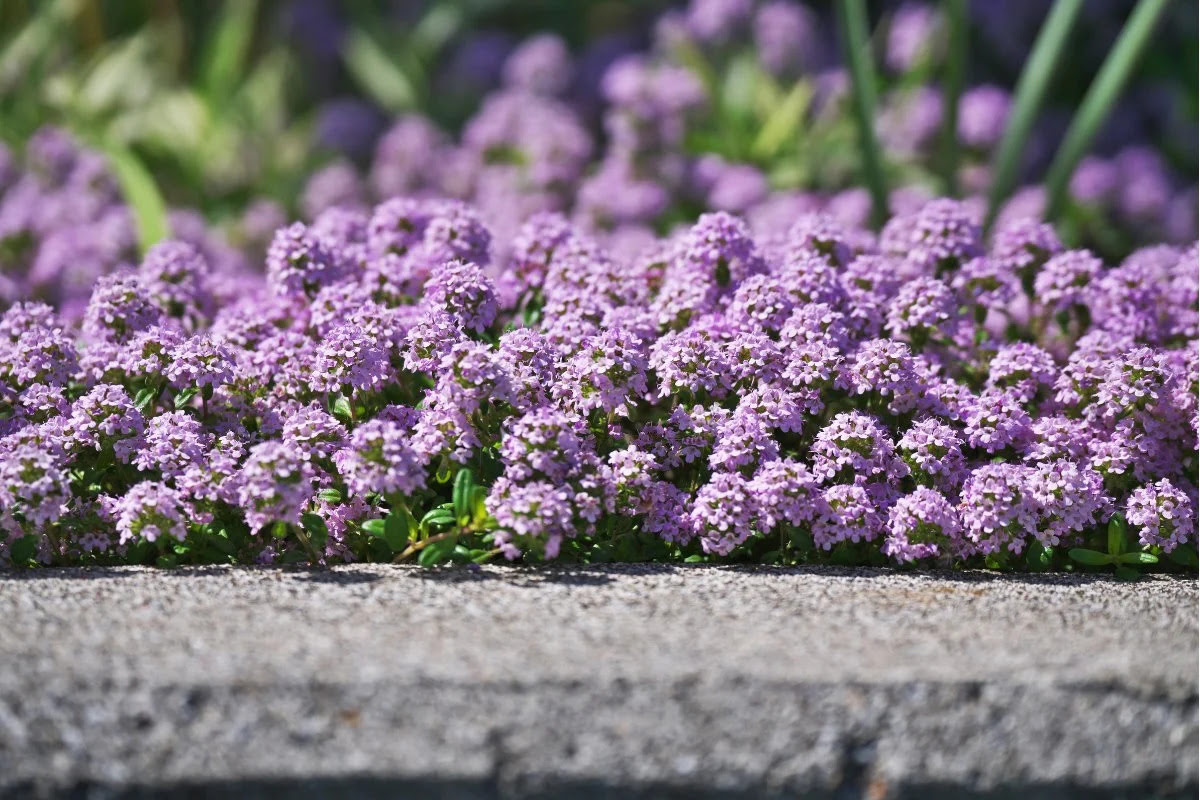

Garden Plants
How To Plant A Creeping Thyme Lawn
Modified: January 6, 2024
Learn how to plant a lush, vibrant creeping thyme lawn with our easy-to-follow guide. Discover the best plants and techniques to create a beautiful and low-maintenance ground cover.
(Many of the links in this article redirect to a specific reviewed product. Your purchase of these products through affiliate links helps to generate commission for Storables.com, at no extra cost. Learn more)
Introduction
Welcome to the wonderful world of gardening! There’s something truly magical about transforming a patch of land into a lush and vibrant landscape. If you’re looking for a low-maintenance and visually appealing option for your lawn, look no further than a creeping thyme lawn.
Creeping thyme, also known as Thymus serpyllum, is a versatile and resilient perennial herb. It’s well-loved for its aromatic scent, beautiful flowers, and ability to spread and fill in gaps, creating a dense and carpet-like appearance.
In this article, we will guide you through the process of creating your very own creeping thyme lawn. We’ll cover everything from assessing the site to troubleshooting common issues. So, let’s get started!
Important Note: Before diving into the planting process, it’s essential to determine whether a creeping thyme lawn is the right choice for your specific climate and location. Creeping thyme thrives in full sunlight and prefers well-drained soil. Ensure that your area meets these requirements to ensure successful growth.
Key Takeaways:
- Transform your lawn into a lush, low-maintenance masterpiece with a creeping thyme lawn. Follow the steps to create a visually stunning and environmentally beneficial garden feature.
- Choose the right creeping thyme variety, provide proper care, and troubleshoot common issues to ensure a thriving and vibrant creeping thyme lawn that will be the envy of your neighborhood.
Read more: How To Plant Creeping Thyme Seeds
Step 1: Assessing the Site
The first step in creating a beautiful creeping thyme lawn is to assess the site where you plan to plant it. This will help you understand the conditions and make any necessary preparations before getting started.
Start by evaluating the amount of sunlight the area receives. Creeping thyme prefers full sunlight, which means it requires at least 6-8 hours of direct sunlight per day. If the site is shaded or partially shaded, it may not be suitable for growing creeping thyme. Consider trimming back overhanging trees or removing any obstacles that may hinder sunlight from reaching the area.
Next, take a look at the soil quality and drainage. Creeping thyme thrives in well-drained soil, so it’s essential to ensure that the site doesn’t have any drainage issues. If the soil is heavy or compacted, consider improving it by adding organic matter such as compost or well-rotted manure. This will help loosen the soil and improve its ability to drain excess water.
Take note of any existing plants or grass in the area. Look for any invasive species or aggressive weeds that may compete with the creeping thyme or hinder its growth. It’s best to remove these before planting to give the creeping thyme a clean and fertile space to establish itself.
Finally, consider the size of the area you plan to plant. Creeping thyme can spread and fill in gaps, but it’s still important to have enough space for it to grow. If the area is too small, the creeping thyme may become overcrowded and suffer from poor airflow, which can lead to disease or pest issues. On the other hand, if the space is too large, it may be challenging to maintain and manage. Find a balance that suits your needs and the size of your yard.
By assessing the site thoroughly, you’ll have a better understanding of the conditions and be able to make any necessary adjustments before moving forward. This will set the stage for a successful and thriving creeping thyme lawn.
Step 2: Soil Preparation
Now that you have assessed the site for your creeping thyme lawn, it’s time to prepare the soil. Proper soil preparation is crucial for providing the creeping thyme with the right foundation for growth and establishment.
Start by clearing the area of any debris, rocks, or weeds. This will create a clean and blank canvas for the creeping thyme to thrive. Use a rake or garden fork to remove any large obstacles and ensure a smooth surface.
Next, it’s time to test the soil pH. Creeping thyme prefers slightly alkaline soil with a pH range of 6.5 to 7.5. You can easily test the pH level of your soil using a soil testing kit available at garden centers. If the pH level is too acidic, you can raise it by adding lime. Conversely, if the soil is too alkaline, you can lower the pH by adding sulfur or organic matter. Aim for a balanced pH level before proceeding.
After testing and adjusting the soil pH if necessary, it’s time to improve the soil structure and fertility. Creeping thyme thrives in well-drained soil, so if your soil is heavy or clayey, you’ll need to improve its drainage. This can be done by incorporating organic matter such as compost or well-rotted manure into the soil. These additions will help break up compacted soil, improve drainage, and provide essential nutrients for the creeping thyme.
Spread a layer of organic matter about 2-3 inches thick over the soil and use a garden fork or tiller to work it into the top 6-8 inches of soil. This will ensure that the organic matter is distributed evenly and thoroughly mixed in.
Finally, rake the soil surface to create a smooth and level bed for planting the creeping thyme. Remove any remaining debris or clumps of soil to provide a clean and even surface for the seeds or transplants.
By preparing the soil properly, you are creating a favorable environment for the creeping thyme to establish strong roots and grow vigorously. This step sets the stage for success and ensures that your creeping thyme lawn will thrive for years to come.
Step 3: Choosing the Right Creeping Thyme Variety
When it comes to selecting the right creeping thyme variety for your lawn, there are a few factors to consider. Different varieties have unique characteristics, such as flower color, growth habit, and fragrance. It’s important to choose a variety that suits your preferences and the specific conditions of your lawn.
Here are a few popular creeping thyme varieties to consider:
- Thymus serpyllum ‘Elfin’: This variety is a compact and low-growing creeping thyme that reaches a height of only 2-4 inches. ‘Elfin’ is known for its small, dark green leaves and clusters of beautiful lavender-pink flowers. It’s an excellent choice for creating a dense and carpet-like lawn.
- Thymus serpyllum ‘Magic Carpet’: ‘Magic Carpet’ is another low-growing variety that forms a dense and mat-like cover with its tiny, aromatic leaves. It produces stunning pink flowers in late spring to early summer and is known for its excellent drought tolerance.
- Thymus serpyllum ‘Coccineus’: If you’re looking for vibrant flower color, ‘Coccineus’ is a great option. Its deep pink to red flowers add a burst of color to your lawn. This variety is known for its strong aroma and vigorous growth.
- Thymus serpyllum ‘Pink Chintz’: With its delicate, light pink flowers and attractive grey-green leaves, ‘Pink Chintz’ adds a touch of elegance to any lawn. This variety is slightly taller, reaching around 4-6 inches in height.
Consider the height, flower color, and growth habit of each variety to determine which one best suits your preferences and aesthetic goals for your creeping thyme lawn.
Additionally, it’s important to ensure that the creeping thyme variety you choose is suitable for your climate and growing conditions. Some varieties may be more tolerant of extreme temperatures, while others may thrive in cooler or warmer regions. Research the specific requirements of the variety you are considering and ensure they align with your local climate and conditions.
By choosing the right creeping thyme variety, you can create a stunning and visually appealing lawn that reflects your personal taste and enhances the overall landscape of your garden.
Step 4: Sowing the Seeds or Planting the Transplants
Once you have chosen the perfect creeping thyme variety for your lawn, it’s time to sow the seeds or plant the transplants. The method you choose will depend on your preference and the availability of resources.
Sowing Seeds:
If you prefer to start from scratch and enjoy the process of watching your lawn grow from seed, sowing creeping thyme seeds is the way to go. Here’s how to do it:
- Prepare the soil by raking it to create a smooth surface.
- Moisten the soil lightly. Creeping thyme seeds require moisture to germinate.
- Evenly spread the seeds over the prepared soil. It’s best to mix the seeds with a small amount of sand to help with even distribution.
- Gently press the seeds into the soil using the back of a rake or a hand tamper. Avoid burying the seeds too deep; a light press is sufficient to ensure good seed-to-soil contact.
- Water the seeded area lightly, ensuring that the soil remains moist but not waterlogged throughout the germination period.
Germination times can vary depending on the creeping thyme variety and environmental conditions. Be patient, as it may take anywhere from 2 to 4 weeks for the seeds to sprout.
Planting Transplants:
If you prefer a more immediate result and want to enjoy a mature creeping thyme lawn sooner, you can opt to plant transplants. Here’s how:
- Prepare the soil as described in Step 2.
- Space the transplants according to the recommended spacing provided by the nursery or seed supplier. This will typically be around 6-12 inches apart.
- Dig a hole slightly larger than the transplant’s root ball and gently place the plant in the hole.
- Backfill the hole with soil, ensuring that the crown of the plant is level with or slightly above the soil surface.
- Water the transplants thoroughly, making sure the watering reaches the roots.
Whether you choose to sow seeds or plant transplants, it’s important to keep the soil consistently moist during the establishment phase. This will help the creeping thyme establish strong roots and ensure successful growth.
Once the seeds have sprouted or the transplants have taken root, you can look forward to the beautiful and lush creeping thyme lawn you’ve always dreamed of.
When planting a creeping thyme lawn, make sure to space the plants about 6-12 inches apart to allow for proper spreading and coverage. This will help create a lush and full thyme lawn.
Read more: When To Plant Creeping Thyme Ground Cover
Step 5: Watering and Fertilizing
Proper watering and fertilizing are essential for the health and vitality of your creeping thyme lawn. These practices will help ensure robust growth, vibrant color, and overall success in maintaining a beautiful lawn.
Watering:
Creeping thyme prefers well-drained soil, but it still requires regular watering, especially during dry spells or drought conditions. Here are some guidelines for watering your creeping thyme lawn:
- Water deeply: When watering, aim to penetrate the soil deeply to encourage the roots to grow deeper. This will make the plants more resilient and drought-tolerant in the long run.
- Water infrequently: Instead of frequent light watering, which encourages shallow root growth, water your creeping thyme thoroughly but less frequently. This will encourage the roots to seek moisture deeper in the soil.
- Observe the signs: Keep an eye on the appearance of the creeping thyme. If the leaves start to wilt or turn yellow, it’s a sign that the plants need water. Adjust your watering schedule accordingly.
- Morning is best: Watering in the morning allows the foliage to dry out during the day, reducing the risk of disease. Avoid watering in the evening or at night, as this can create a damp environment that promotes fungal growth.
Fertilizing:
Creeping thyme is a relatively low-maintenance plant and does not require heavy fertilization. However, a light application of fertilizer can help enhance growth and improve the overall health of the lawn. Here are some tips for fertilizing your creeping thyme:
- Choose the right fertilizer: Look for a balanced, slow-release fertilizer with a ratio of nitrogen (N), phosphorus (P), and potassium (K). A general-purpose fertilizer with an equal or balanced ratio, such as 10-10-10 or 14-14-14, is suitable for creeping thyme.
- Apply in spring: Apply the fertilizer in early spring when the creeping thyme starts its growth phase. Avoid fertilizing during hot and dry periods, as this can stress the plants.
- Follow instructions: Read and follow the instructions on the fertilizer packaging for the correct application rate. Over-fertilizing can lead to excessive growth, weakened plants, or nutrient runoff.
- Water after fertilizing: After applying the fertilizer, water the creeping thyme thoroughly to wash any excess fertilizer into the soil and prevent potential burn on the foliage.
Remember, the key to successful watering and fertilizing is to find the right balance. Monitor the moisture levels, observe the plant’s appearance, and adjust your watering and fertilizing practices accordingly. By providing adequate moisture and nutrients, your creeping thyme lawn will thrive and reward you with its beauty.
Step 6: Maintaining the Creeping Thyme Lawn
Maintaining your creeping thyme lawn is essential to keep it looking healthy, vibrant, and well-groomed. Regular maintenance tasks will help ensure that the creeping thyme remains robust and prevents any potential issues from arising. Here are some key maintenance practices to incorporate into your routine:
Pruning and Trimming:
Regular pruning and trimming will help promote a dense and compact growth habit, prevent the creeping thyme from becoming woody, and encourage the production of more flowers. Follow these guidelines for pruning and trimming:
- Trim after flowering: Once the creeping thyme has finished flowering, trim back the plants to remove any spent blooms and encourage new growth.
- Remove dead or damaged foliage: Regularly inspect the creeping thyme for any dead or damaged foliage and trim it off to maintain a tidy and healthy appearance.
- Control spread: Creeping thyme has a tendency to spread aggressively. If you want to limit its growth, trim back the edges of the lawn to prevent it from encroaching on other areas where it’s not desired.
Weeding:
Although creeping thyme is known to be relatively weed-resistant, occasional weeding is still necessary to keep your lawn looking pristine. Here’s how to manage weeds in your creeping thyme lawn:
- Hand-pull weeds: Regularly scan the lawn for any weeds that may have managed to take root. Carefully hand-pull them, making sure to remove the entire root system to prevent re-growth.
- Mulching: Apply a thin layer of organic mulch, such as wood chips or straw, around the creeping thyme plants. This will help suppress weed growth by smothering any weed seeds and preventing them from germinating.
Regular Inspections:
Make it a habit to regularly inspect your creeping thyme lawn for any signs of pests, diseases, or nutrient deficiencies. Keeping a watchful eye will allow you to address any issues promptly. Look out for yellowing foliage, distorted growth, spots or lesions on the leaves, and any signs of pest activity.
Seasonal Care:
Throughout the year, your creeping thyme lawn will have specific seasonal care needs. These might include watering adjustments during hot and dry periods, winter protection in colder climates, and regular maintenance tasks specific to each season. Stay informed about the specific requirements of your creeping thyme variety and adapt your care accordingly.
By incorporating regular pruning, weeding, inspections, and seasonal care, you’ll ensure that your creeping thyme lawn remains healthy, visually appealing, and enjoyable to spend time in.
Step 7: Troubleshooting Common Issues
While creeping thyme is a resilient and hardy plant, it can still face a few common issues. Being able to identify and troubleshoot these problems will help you maintain a healthy and thriving creeping thyme lawn. Here are some common issues and their solutions:
Yellowing or Browning Foliage:
If you notice yellowing or browning foliage on your creeping thyme, it could be a sign of several issues:
- Overwatering: Creeping thyme prefers well-drained soil. Excessive watering can lead to root rot and cause the foliage to turn yellow or brown. Adjust your watering schedule, ensuring that the soil dries out slightly between waterings.
- Drought Stress: On the other hand, if the creeping thyme is not receiving enough water, the foliage may also turn yellow or brown. Increase your watering frequency during dry periods to help the plants stay hydrated.
- Nutrient Deficiency: Yellowing foliage can be a sign of nutrient deficiency, particularly a lack of nitrogen. Make sure you are providing adequate fertilization with a balanced fertilizer to supply the necessary nutrients.
Pest Infestations:
While creeping thyme is generally resistant to pests, there are a few that may occasionally cause trouble:
- Thrips: These tiny insects can cause damage by sucking the sap from the plant, resulting in wilting or distorted growth. Treat with an appropriate insecticidal soap or neem oil spray as soon as you spot them.
- Spider Mites: Spider mites are common pests that feed on the plants’ sap and leave behind a fine webbing. Regularly inspect your creeping thyme for any signs of spider mite infestation and treat with insecticidal soap or a specialized miticide if necessary.
Disease:
While disease is not a common issue for creeping thyme, it’s worth being aware of the following:
- Powdery Mildew: This fungal disease can appear as a white, powdery substance on the leaves and stems. Improve air circulation, avoid overhead watering, and apply a fungicide if necessary.
- Rust: Rust is another fungal disease that can affect creeping thyme, causing orange or reddish-brown spots on the leaves. Remove and destroy infected plants and provide good air circulation to prevent the spread of the disease.
If you are unsure about the cause of a problem or need further assistance, consider consulting a local garden center or horticulturist for guidance. They can provide personalized advice based on your specific situation.
By promptly addressing and troubleshooting common issues, you can maintain a healthy and thriving creeping thyme lawn for years to come.
Conclusion
Congratulations! You have now learned the ins and outs of creating and maintaining a beautiful creeping thyme lawn. By following the steps outlined in this article, you are well on your way to enjoying a visually stunning and low-maintenance garden feature.
Remember, the key to success lies in assessing the site, preparing the soil, choosing the right creeping thyme variety, sowing the seeds or planting the transplants, providing proper watering and fertilizing, maintaining the lawn through pruning and weeding, and troubleshooting common issues.
Creating a creeping thyme lawn not only adds visual interest and fragrance to your landscape but also provides environmental benefits. Creeping thyme acts as a natural groundcover, reducing soil erosion and suppressing weed growth. Its dense foliage also helps retain moisture and provides habitat for beneficial insects and pollinators.
Throughout the process, don’t forget to enjoy the journey. Gardening is a rewarding and fulfilling activity that allows you to connect with nature and witness the beauty of growth and transformation.
So, roll up your sleeves, put on your gardening gloves, and get ready to create a magnificent creeping thyme lawn that will be the envy of your neighborhood. With proper care and maintenance, your creeping thyme lawn will continue to delight you for years to come.
Frequently Asked Questions about How To Plant A Creeping Thyme Lawn
Was this page helpful?
At Storables.com, we guarantee accurate and reliable information. Our content, validated by Expert Board Contributors, is crafted following stringent Editorial Policies. We're committed to providing you with well-researched, expert-backed insights for all your informational needs.
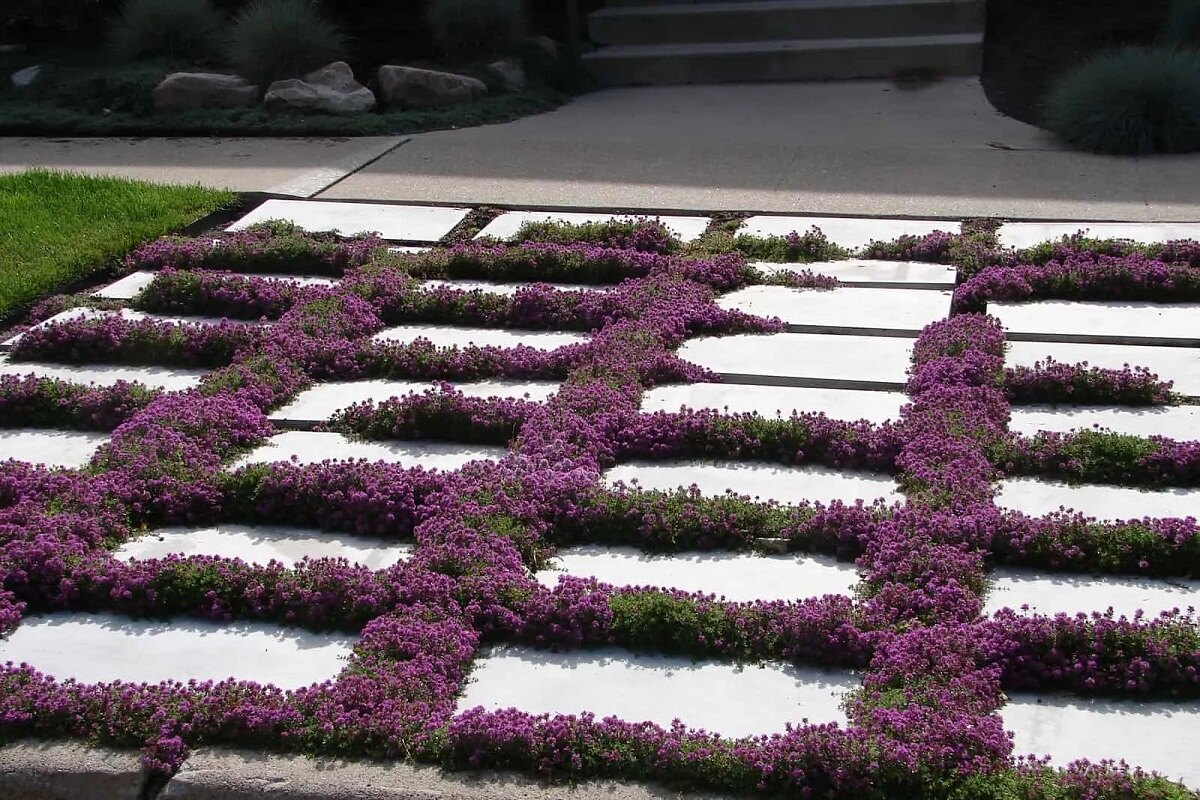
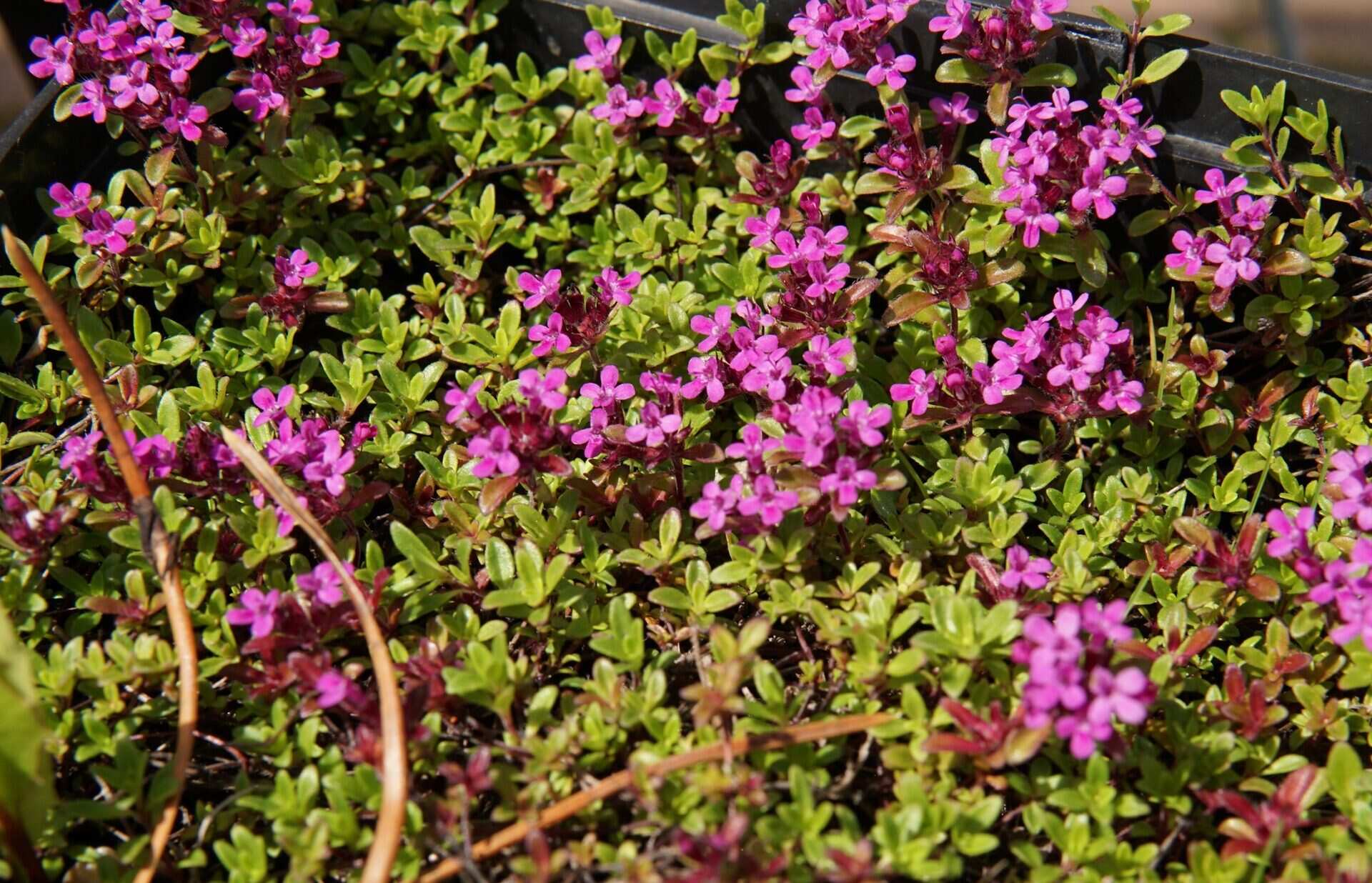
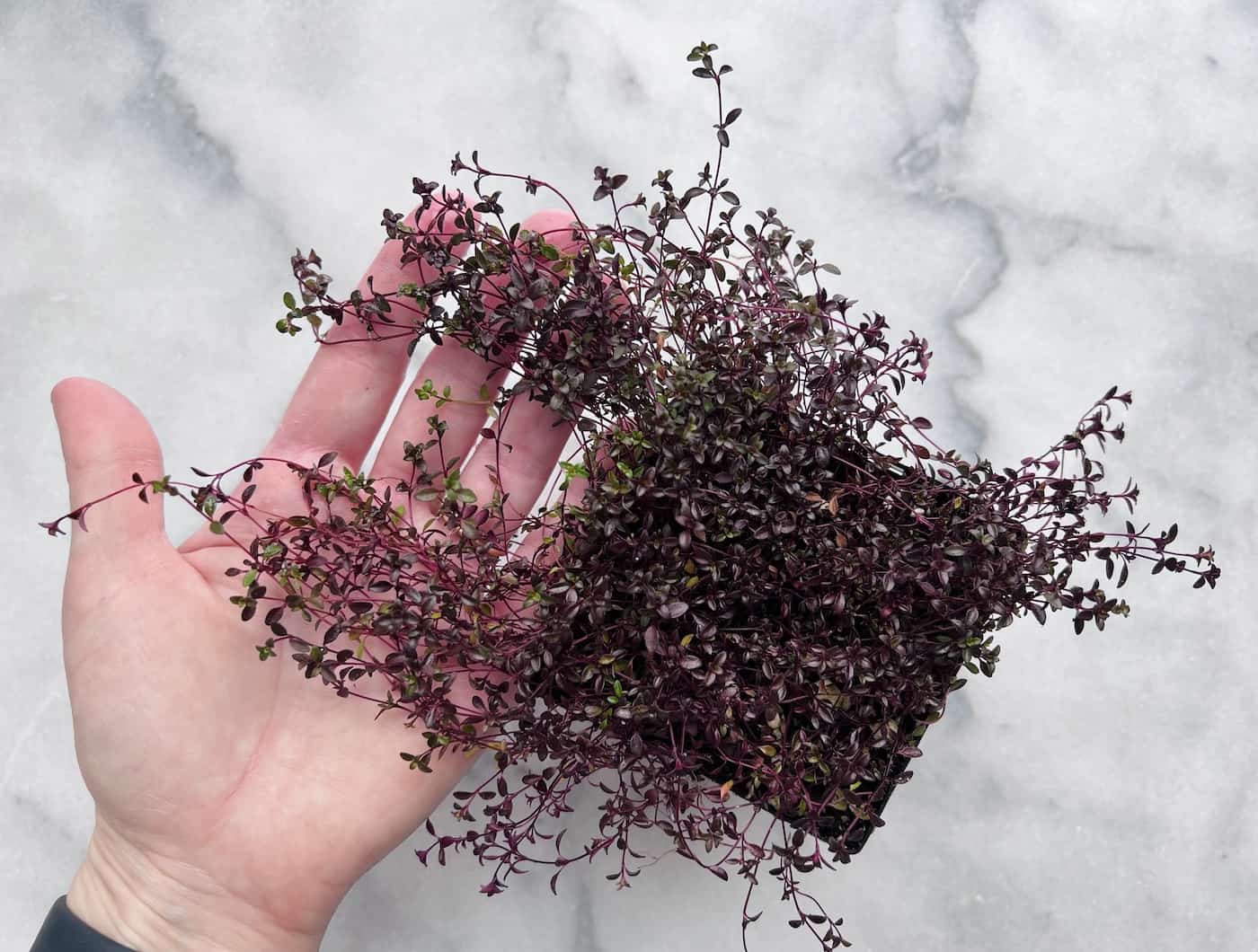
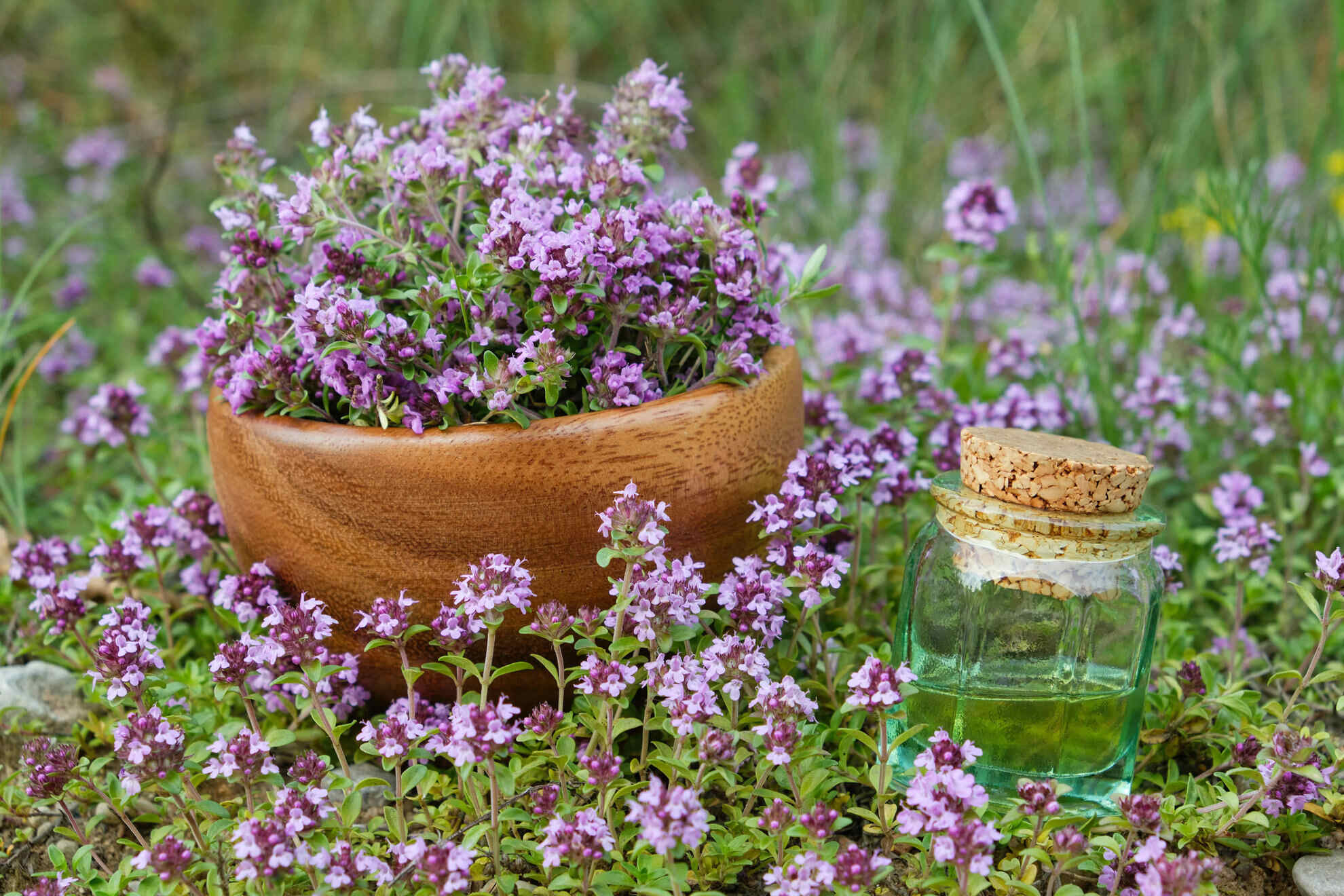
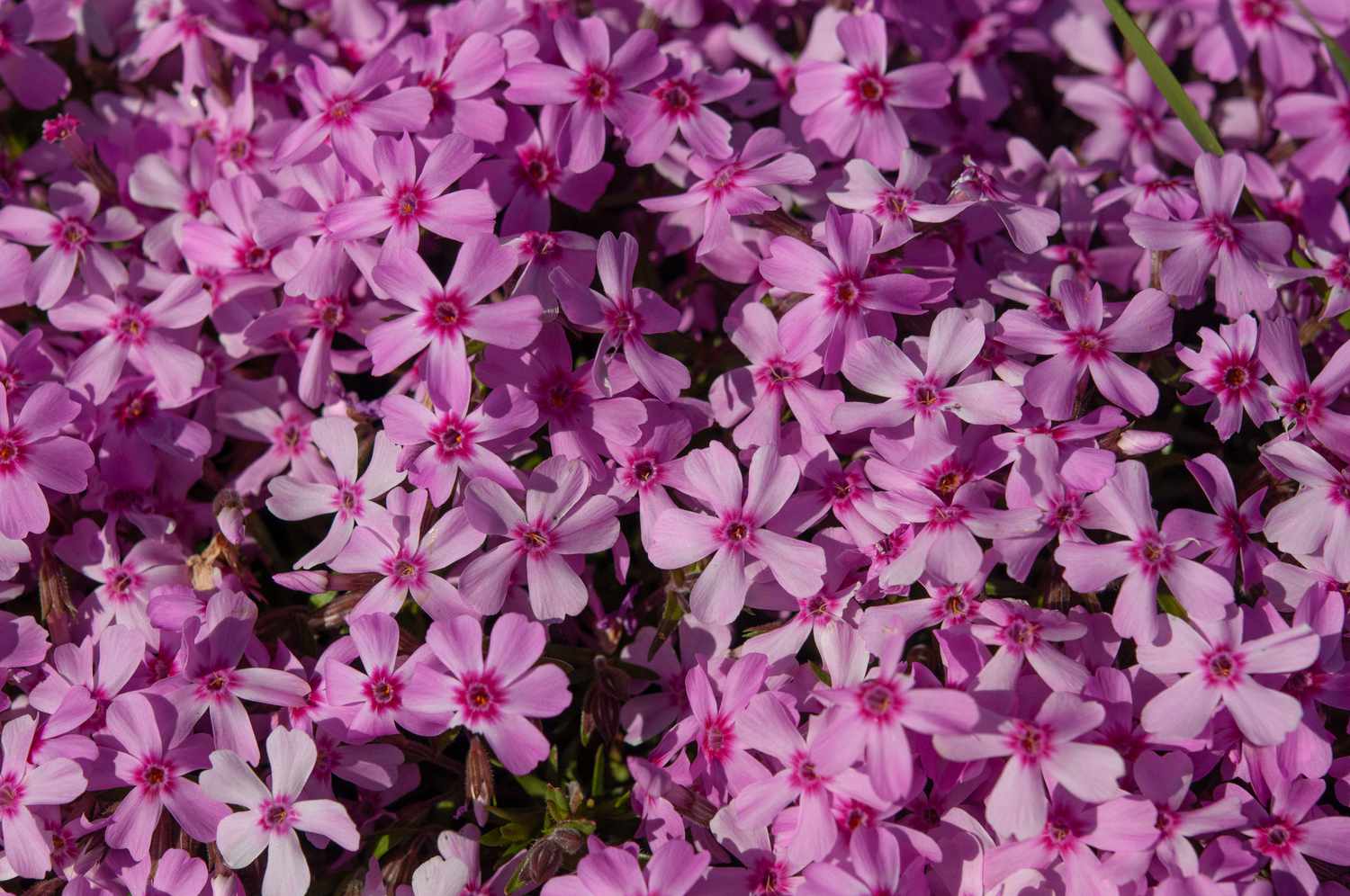
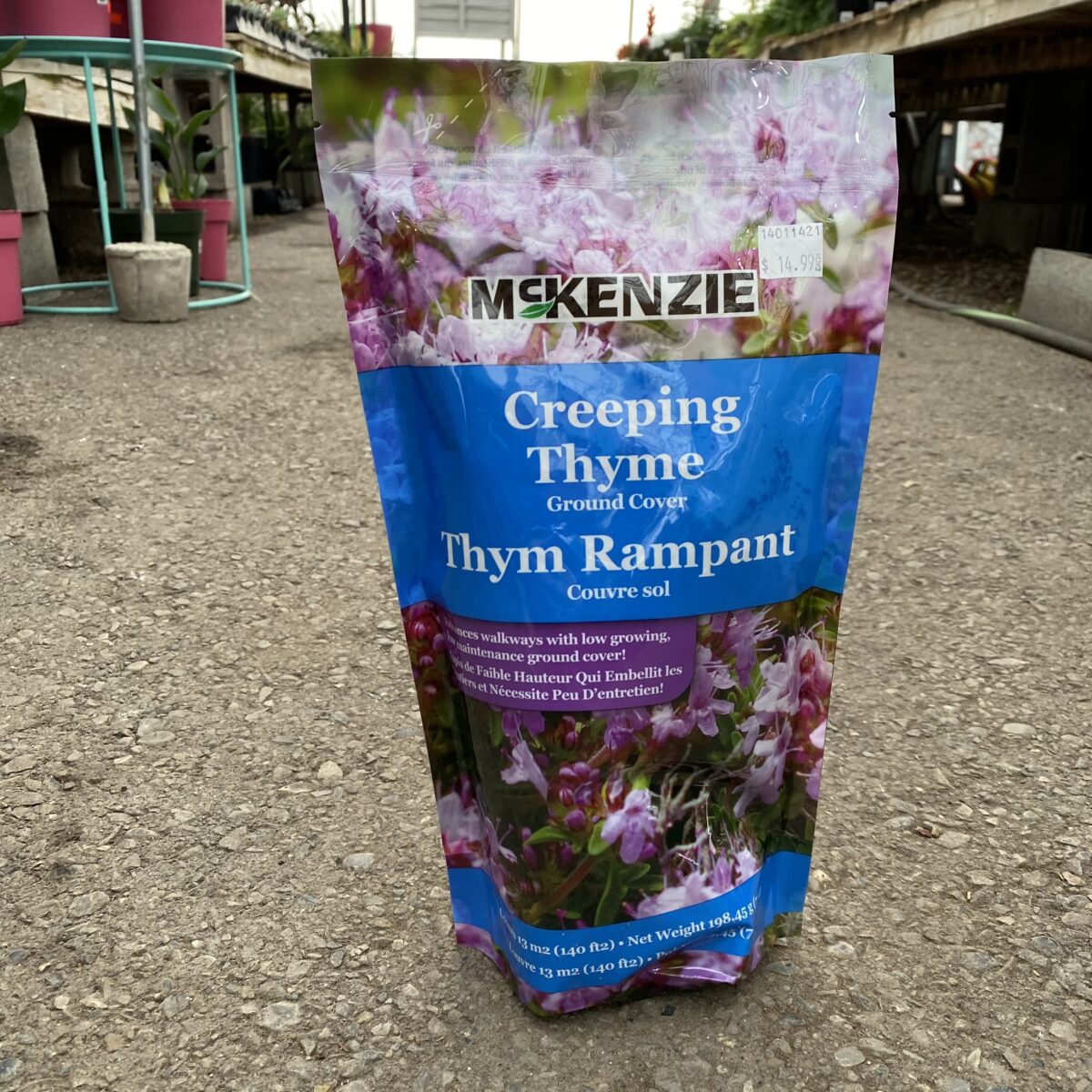
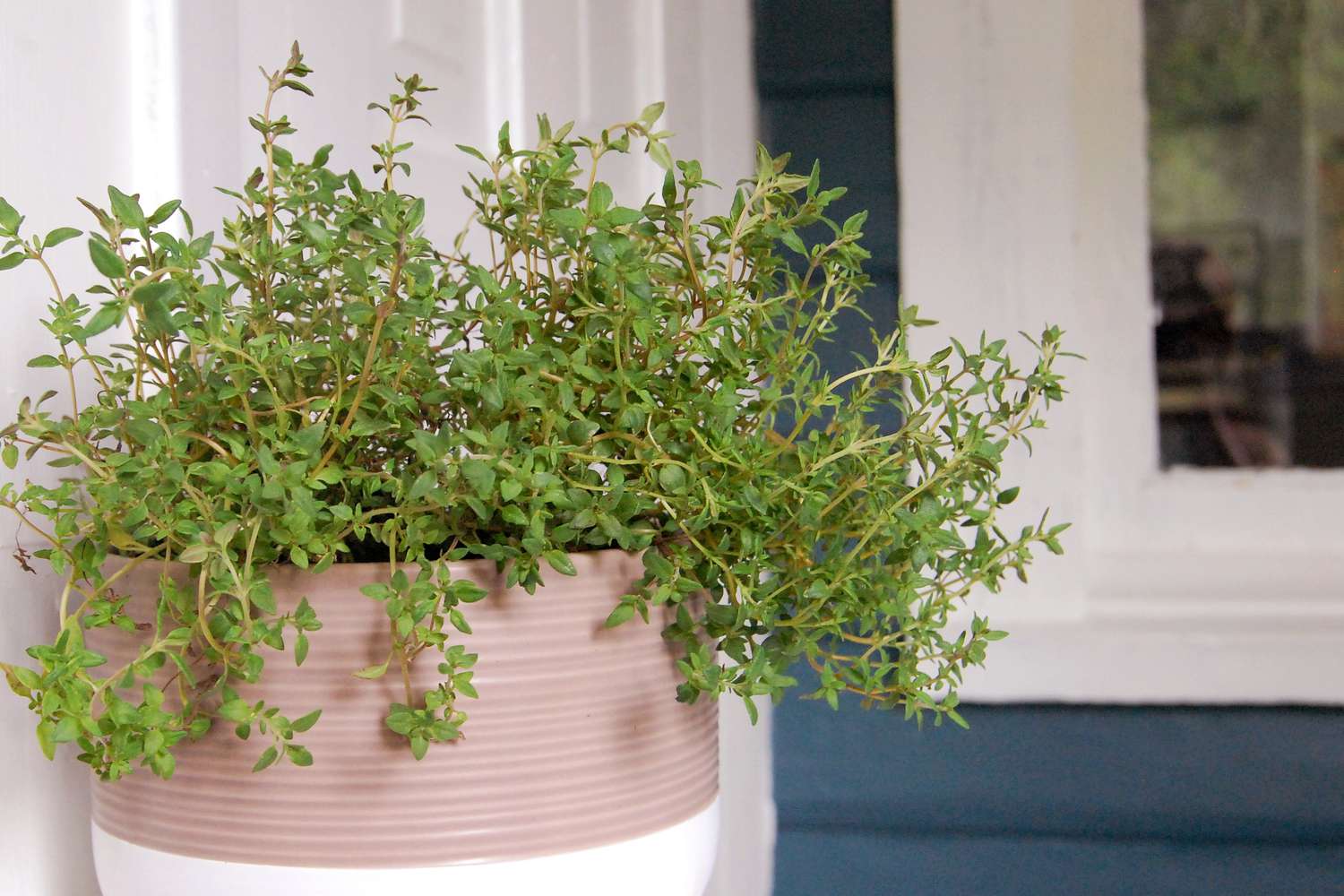

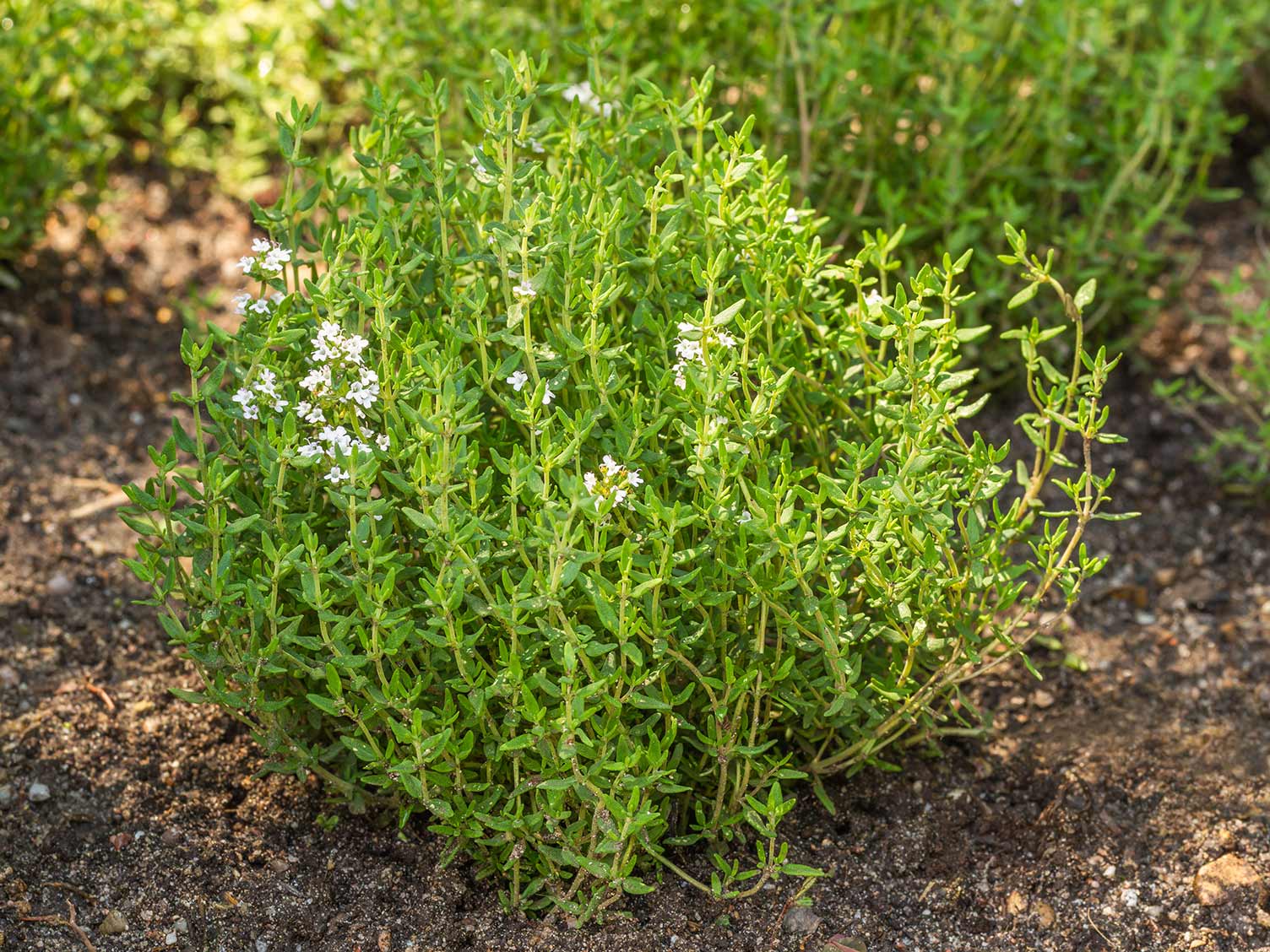
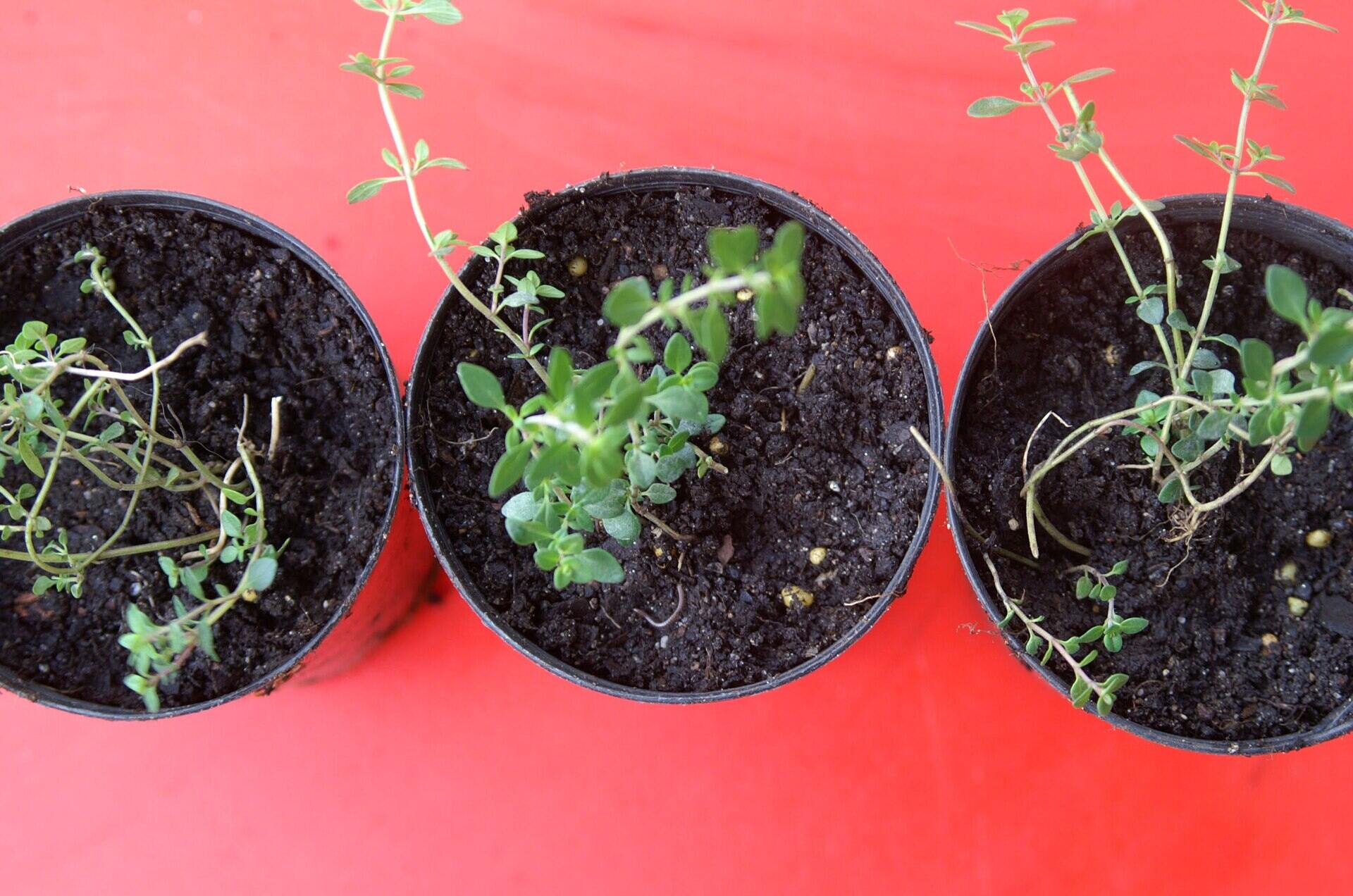
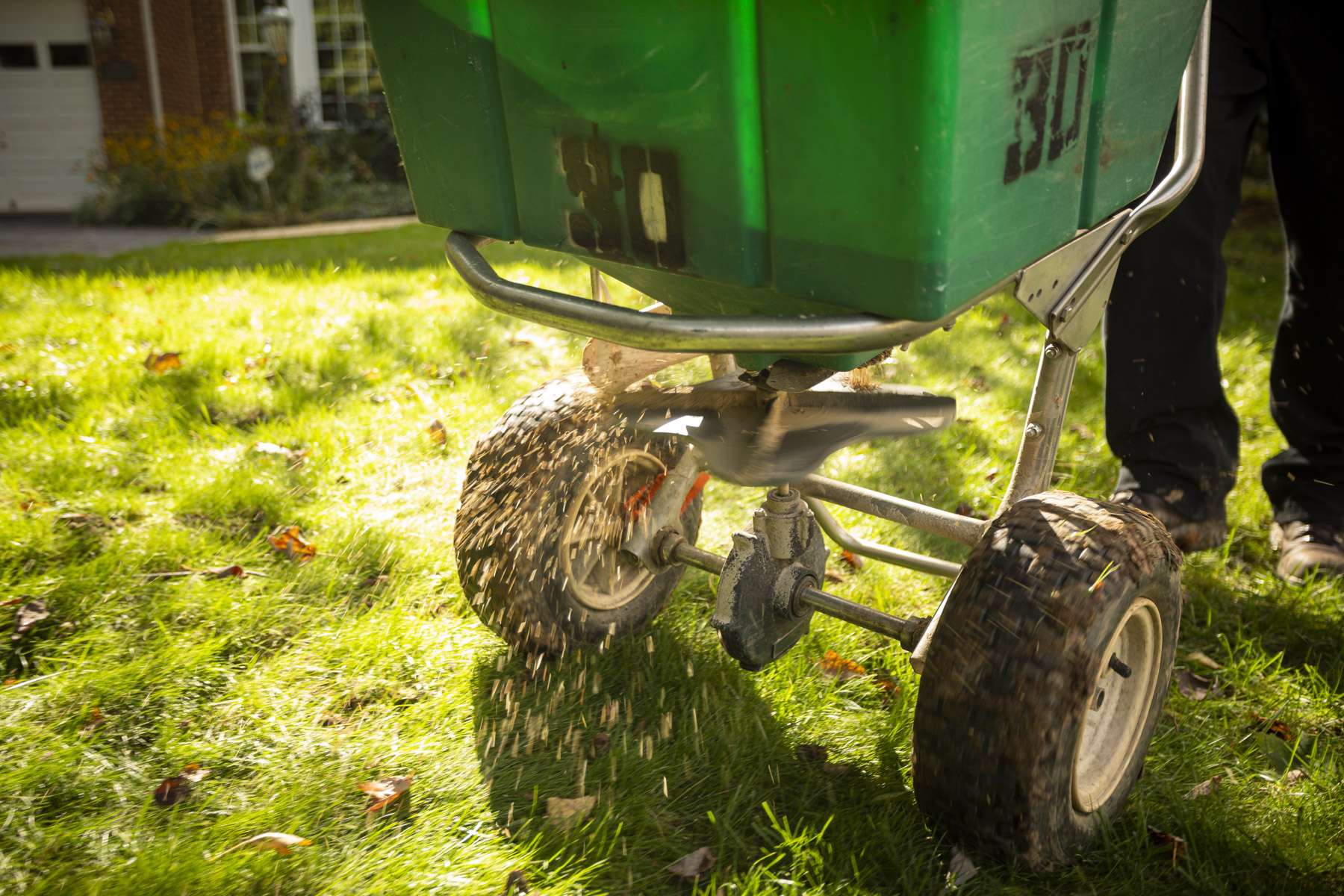
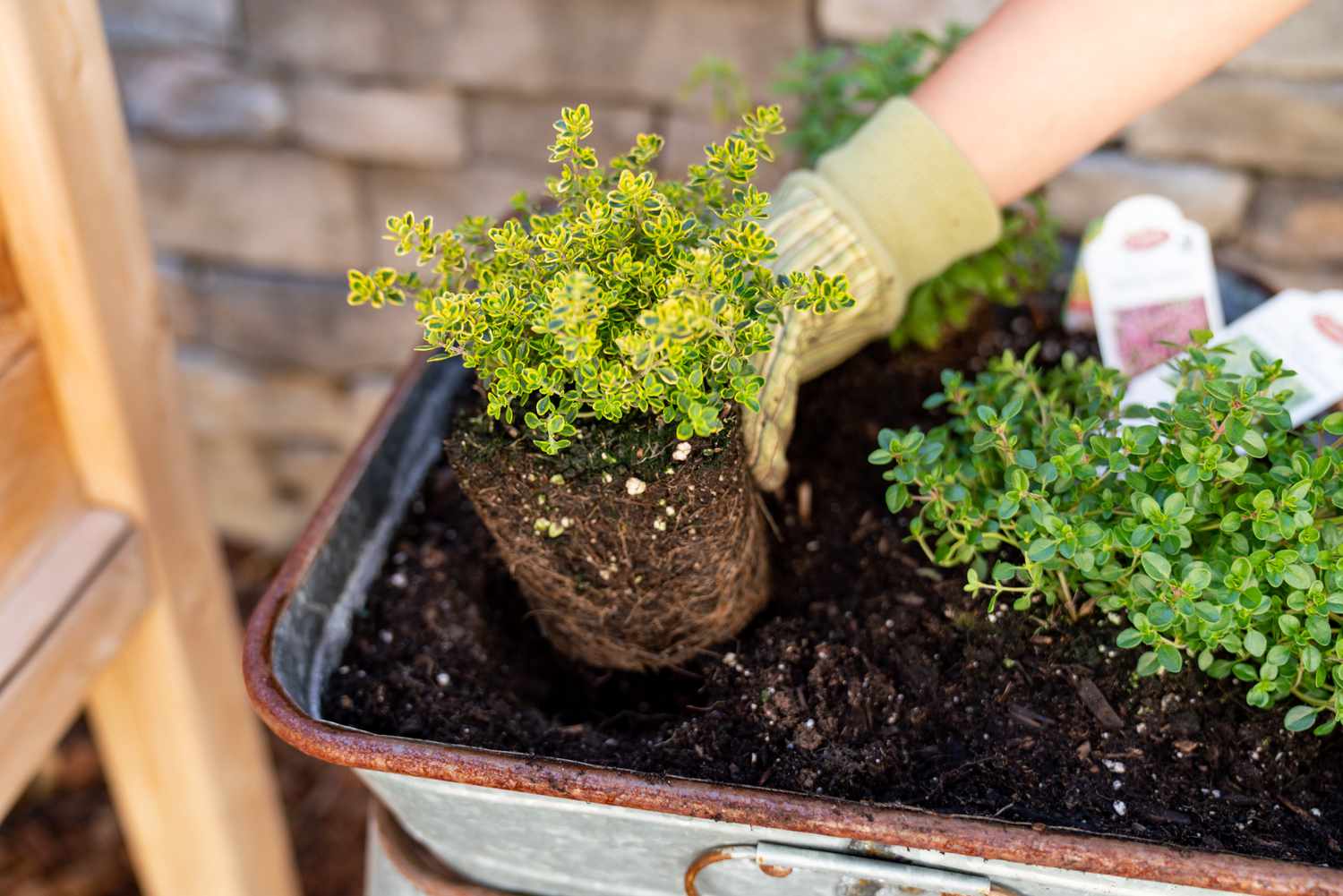
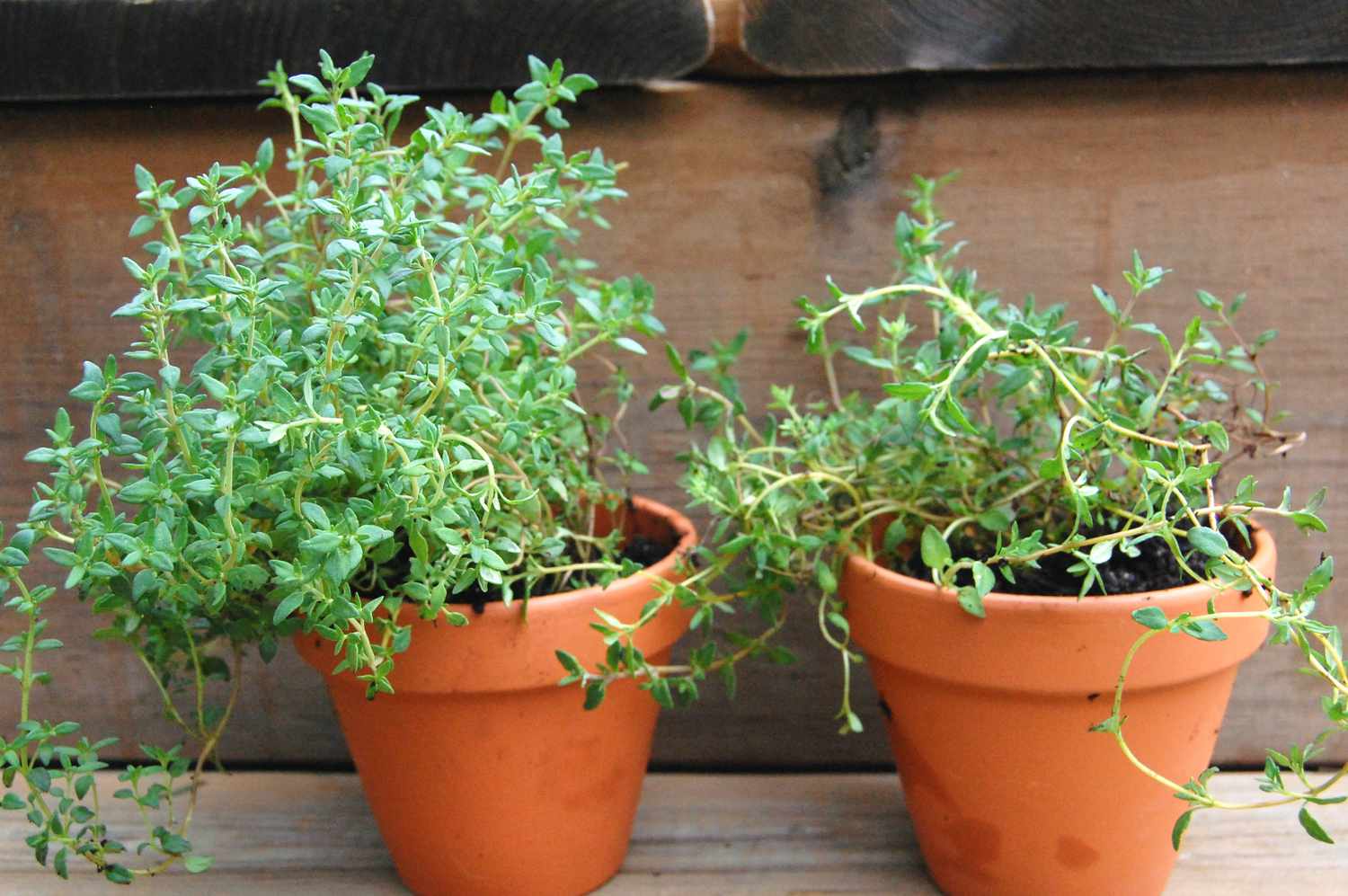


0 thoughts on “How To Plant A Creeping Thyme Lawn”